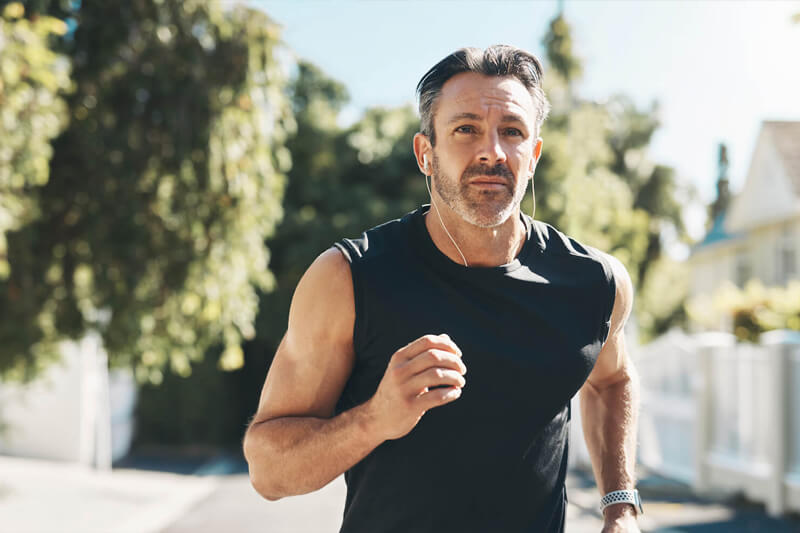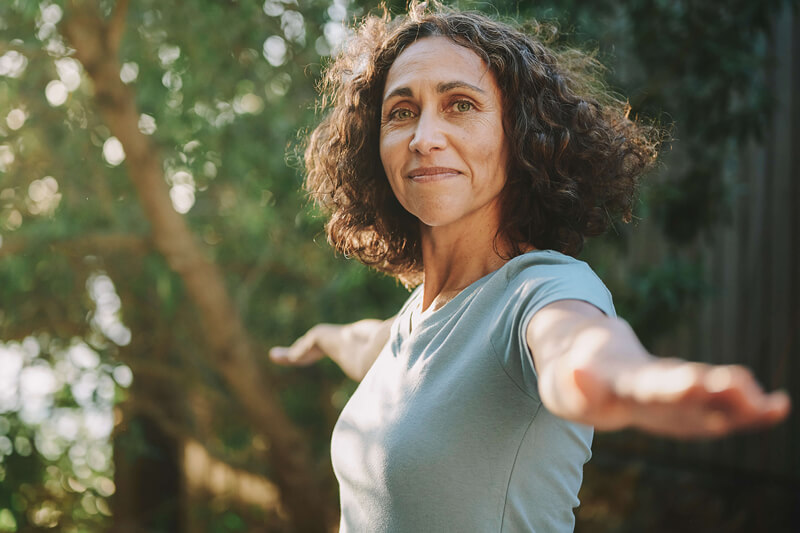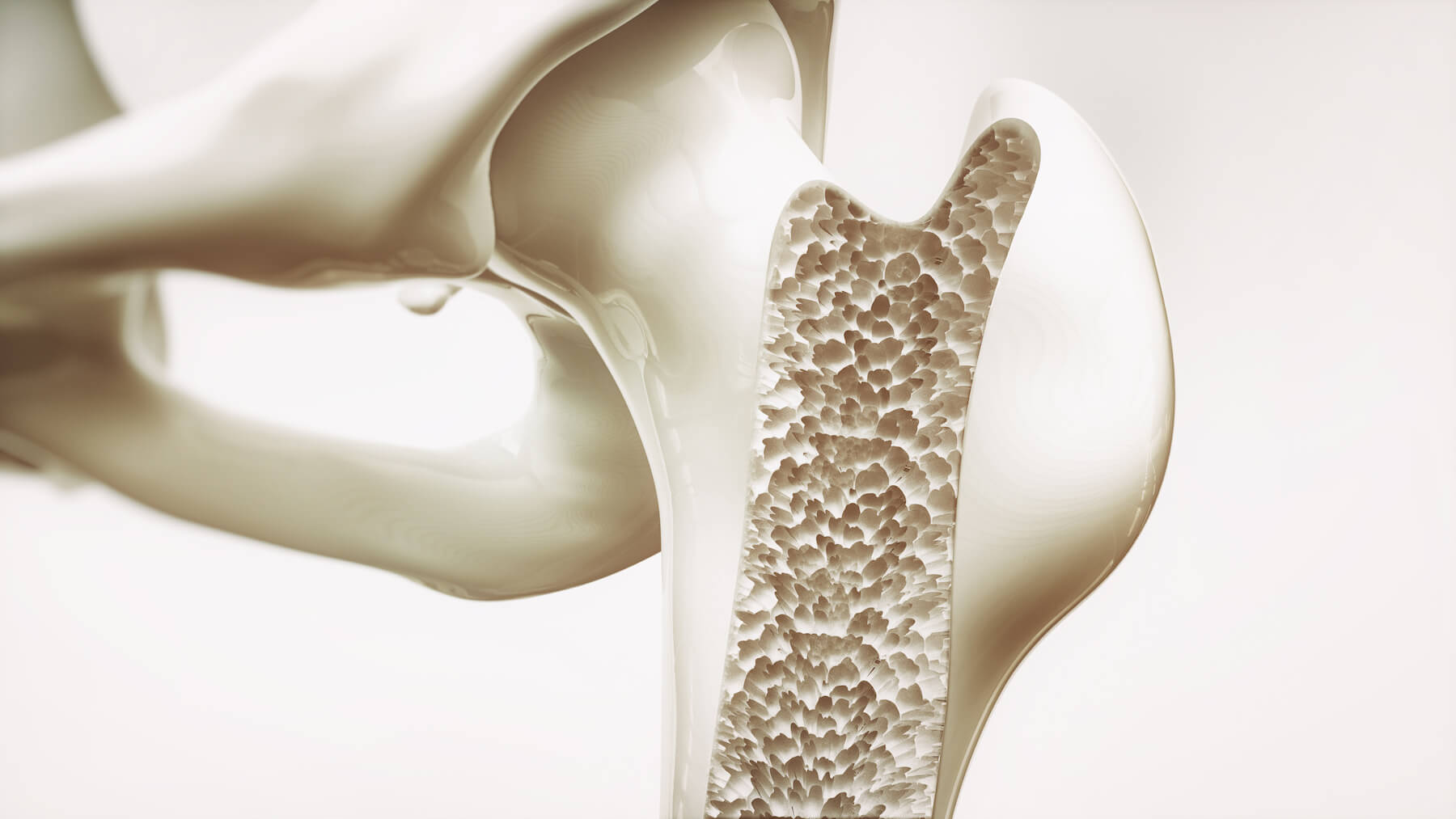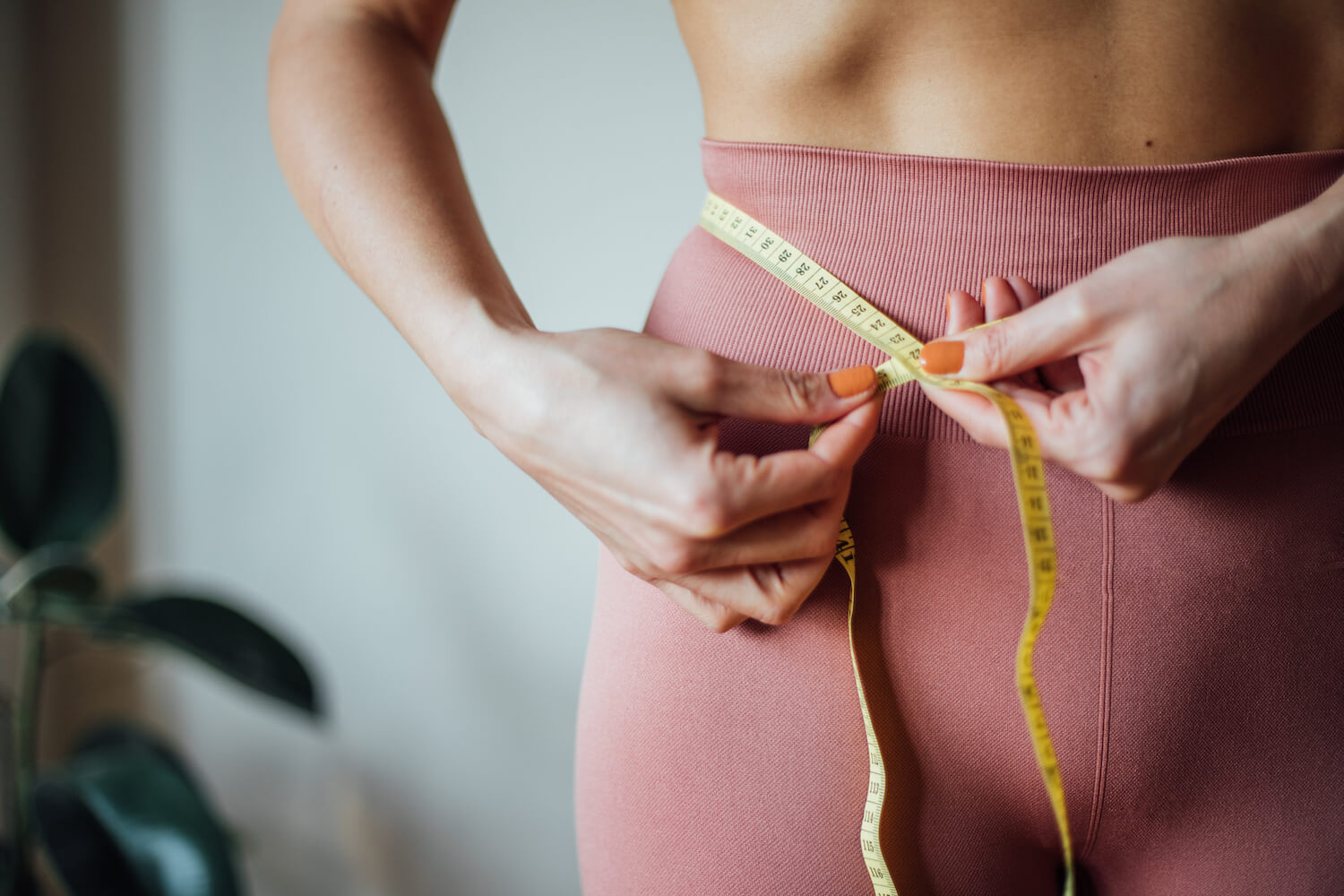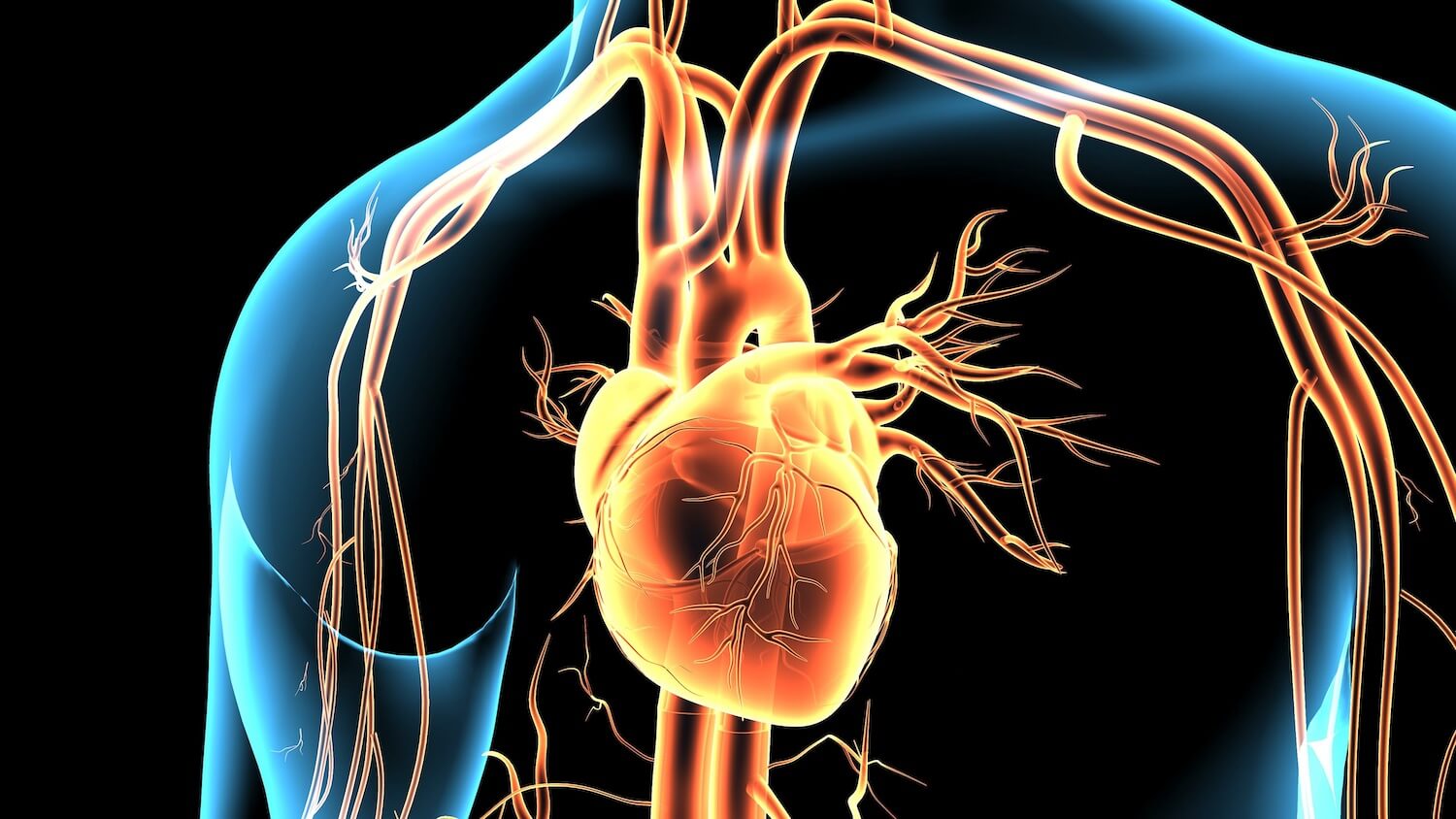DexaCan Clinic Kelowna
DXA scan :
revealing your body composition in eye-opening visual detail.
What is a DEXA Scan?
Body composition assessment, also known as a DXA or DEXA scan, provides information about your bone health, body fat, and muscle mass.
This advanced diagnostic tool can evaluate your levels of physical fitness, assess your risk for developing osteoporotic fractures, and deliver precise measurements of segmental body fat and muscle distribution.
Results show you:
- Overall body fat, lean tissue (muscle), bone weight and percentages
- Breakdowns for both legs, arms and your torso
- DEXA scan image showing where your body fat and muscle is distributed
- Visceral fat (the dangerous fat around organs)
Advanced Body Composition Assessment
Accurate measurement of body composition provides valuable information for assessing, monitoring the human body.
Most people are used to stepping on a scale from now and then. But monitoring weight – while helpful – is not a precise way of assessing health and fitness progress.
Body composition measurement with dual-energy X-ray absorptiometry (DXA) can look beyond weight and the traditional body mass index (BMI) to determine body fat distribution.
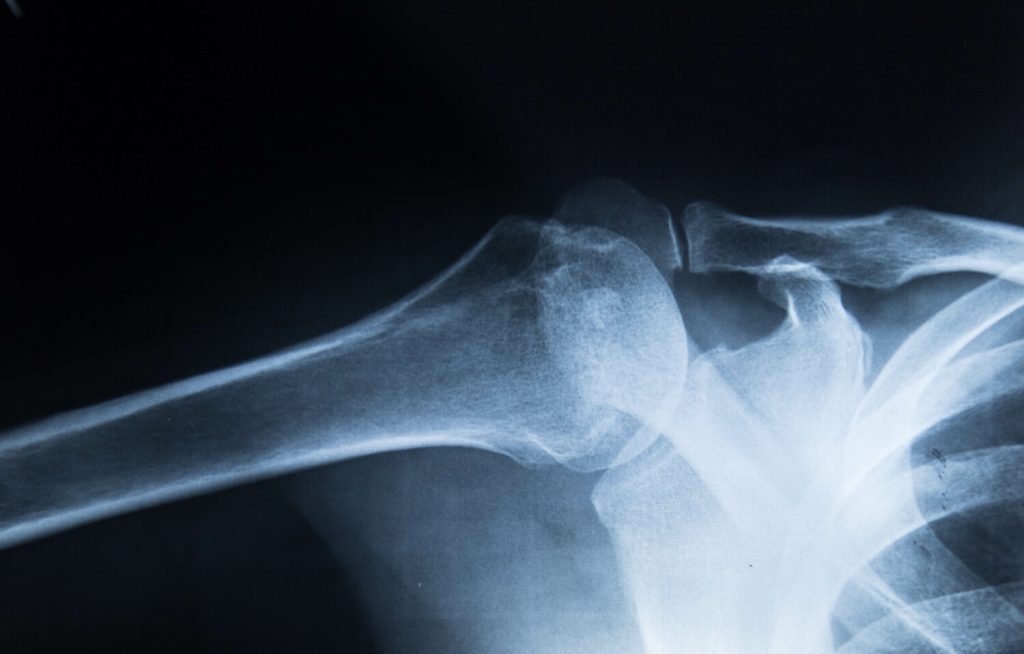
Bone Densitometry
Bone densitometry is a safe, accurate, and painless way to measure bone density.
The DXA system takes an x-ray image and your results are compared to normal bone mineral density values based on your age, gender, and ethnicity to determine if you have high, normal, or low bone density.
This information, combined with risk factors and previous fracture history, is used to determine your risk of osteoporosis and bone fractures.
Find out if the DXA scan is right for you. We can help.
What Does it Measure?
Fitness enthusiasts, athletes, and dieters often use body composition scans to get a baseline of where they are now, and to objectively measure their progress.
Athletic Performance
The DXA scan can help inform individualized training and nutritional programs for athletes.
- Most accurate way to measure body fat, lean mass and bone density to inform training programs that are designed to meet the goals of building muscle, losing fat or both.
- Ability to see muscle imbalances with right- and left-side specific information.
- Monitor changes in body composition to maximize effectiveness of nutritional plans.
Weight Loss
The DXA scan provides an accurate picture of muscle, bone, and fat mass to aid in the design of customized weight loss programs for patients.
- Fat Mass Index replaces BMI for a more accurate assessment of obesity.
- Measure visceral adipose tissue and total body fat percentage for a better overall assessment of patient’s health.
- Monitor weight management programs with the ability to see if weight loss is from fat stores or muscle.
Bone Density
A bone density test on the DXA system provides superb image quality and advanced diagnostic tools to support early detection of osteoporosis and other conditions that cause bone loss.
- Identifies your risk for osteoporosis and fracture by measuring bone mineral density (BMD) in your hip, spine, or other bones.
- The only test that can diagnose osteoporosis before a broken bone occurs.
- The scan is noninvasive, fast, and more accurate than a regular X-ray, involving extremely low levels of radiation.
Cardiovascular Health
DEXA scans can be used to screen for calcium build-up in major blood vessels, known as abdominal aortic calcification (AAC). This build-up is a hardening of the abdomen's largest artery, which can potentially be identified early with a DXA bone density scan.
- Abdominal aortic calcification has been found to identify women at higher risk for heart attacks and strokes.
- DXA scans can also identify the Visceral fat (VAT) around your vital organs, which can increase a risk of metabolic disturbances, cardiovascular disease, type 2 diabetes, and breast cancer.
- Having a baseline measurement and tracking changes over time can help identify any concerning trends and enable early intervention and prevention.
Am I Overweight?
Are you in the healthy range? Use this tool to calculate your Body Mass Index (BMI) now to know your risk for obesity-related diseases.
How Healthy Are My Bones?
Take the 1-minute quiz to determine your risk for developing osteoporosis.
Our Doctors
DexaCan's doctors are experienced general practitioners with expertise in men’s health, general practice, orthopedics, and trauma care.

Dr. Marvin Bailey CCFP, MBCHB
Dr. Marvin Bailey is a certified general practitioner with over a decade of medical experience, including men’s health, orthopedics and trauma care. As the founder of the Precision Sexual Health Clinic for Men and Gentle Procedures Clinic in Kelowna, he has helped many patients overcome health challenges and improve their quality of life.
Dr. Bailey is particularly passionate about early screening and prevention of diseases like osteoporosis and cardiovascular health, and he achieves this through utilizing the gold standard technology of DEXA scans for body composition measurements and bone density. He takes a holistic approach to patient care, focusing on addressing root causes and promoting overall health and wellness.
Originally from South Africa, he has now settled in Kelowna. Outside of work, he loves spending time with his family and firmly believes in the power of preventative health.
Dr. Marvin Bailey is a skilled and compassionate physician who can help you achieve optimal health and wellness.

Dr. Branden Reid BSc, MD, CCFP
Dr. Branden Reid is a skilled and caring family physician with a wealth of experience spanning 14 years.
He has provided high-quality medical care to patients in Edmonton, Calgary, and now Kelowna, where he currently practices.
Dr. Reid is a dedicated family man who cherishes spending time with his loved ones. In his spare time, he enjoys staying active and taking part in various outdoor activities, such as running, swimming, and hiking.
He also has a keen interest in travel, and he loves to explore new places and immerse himself in different cultures. His travels have given him a unique perspective on healthcare, which he brings to his practice, enabling him to offer his patients meticulous care.
His commitment to his patients and his personal interests make him a valued and respected member of the medical community.
DexaCan is a DAP accredited facility. The DAP is responsible for accrediting all diagnostic facilities in BC and ensuring the services meet provincial standards of quality.
Accreditation assists diagnostic services in evaluating and improving the quality of services they provide to their patients and clients. Credentialing with the health authorities or through the College ensures physicians and surgeons working in diagnostic services have the training experience and ability to perform the services provided.
Compliant facilities receive an accreditation award and are added to the DAP list of accredited facilities.
DexaCan is more than your average medical clinic.
Our Process - What Happens During a DXA Scan?
The Results
- The DXA scan report provides visual images of the body that show the precise location of bone, lean mass and fat mass.
- The color-coded system makes it easy for athletes and patients to see exactly where they have fat and muscle on their bodies and provides a visual comparison of changes in the body over time.
- The initial scan can be used as a baseline, and performance can be tracked with additional scans throughout the duration of the training or weight loss program.
- Your bone density test results will be in the form of two scores (T Score & Z Score) estimating your risk of developing a fracture or osteoporosis and to determine if treatment is required.
- Our post-scan consultation can then translate your results into realistic plans to maintain a good ratio between fat and lean muscle mass or to help prevent the development of osteoporosis.
Who Should Get a DEXA Scan?
A DXA assessment is suitable for people on weight management programs, athletes in training as well as men and women at risk of osteoporosis and bone fracture.
- Hypertension (high blood pressure)
- Hyperlipidemia (high cholesterol, triglycerides and/or lipoproteins)
- Insulin Resistance
- Metabolic Syndrome
- Assessment of metabolic risk profile
- Cardiovascular Disease
- Diabetes (Pre Diabetes, Type 1 or 2)
- Hypogonadism
- Hyperparathyroidism
- Post-menopausal
- Polycystic Ovarian Syndrome
- Non Alcoholic Fatty Liver Disease
- Cancer and cancer cachexia
- Eating disorder and low body weight
- Bariatric (weight loss), Gastrectomy or Intestinal Bypass Surgery
- Major surgery
- Muscle asymmetry or muscle wasting post-injury or surgery
- Sarcopenia and Muscular Dystrophy
- Monitoring of Relative Energy
- Deficiency Syndrome (RED-S) or reduced Resting Metabolic Rate (RMR).
Why choose DexaCan for your private DEXA body scan?
Leading Expertise
Advanced body composition analysis delivered by our experienced practitioner.
Rapid Access
Innovative Diagnostic Imaging
Safety & Comfort
FAQS
A lateral DXA is non-invasive and has low-radiation exposure. A DEXA scan typically exposes a person to a radiation dose of about 1 to 2 microsieverts (µSv). On average, everyone is exposed to natural background radiation from the environment. This exposure amounts to about 2 to 3 µSv per day from cosmic rays from space, naturally occurring radioactive materials in the ground, and other minor sources. To compare: one dental X-ray exposes a person to about 5 µSv, which is 2.5 times the upper range of a DEXA scan. A chest X-ray exposes people to about 100 µSv, which is the equivalent to having 50 to 100 DEXA scans.
- Skin calipers: Measures only fat under the skin, high likelihood of technical error, not good for lean or obese people
- Bioelectrical impedance analysis (BIA): High rate of false positive and false negative results, too many variables to control
- Underwater Weighing: Being submerged in water requires heavy equipment and is time consuming
- Bod Pod: Only a two dimensional reading based on air displacement, not readily available, very expensive
- CT: Very high dose of radiation and expensive, not readily available for body fat measurement
- MRI: Extremely expensive, not readily available for body fat measurement
Show your clients their progress. Even when they aren’t dropping pounds on the scale, they’re gaining muscle and losing fat.
Optimize training. When workouts are too challenging, they can damage muscle tissue. When workouts are too easy, results are slow and motivation can run low.
Find muscle imbalances. Prevent injury by finding weaknesses early.
The report presents your bone mineral density results in three ways:
- Bone mass in grams per cm square.
- T-score: a calculation made from the DEXA manufacturer comparing your bone mass to that of their healthy control group.
- Z-score: a calculation made from the DEXA manufacturer comparing your bone mass to that of your peers.
Please contact us with questions, or to schedule an appointment. We are always happy to hear from you.
Or call us during clinic hours at 778-760-2161.
"(Required)" indicates required fields

